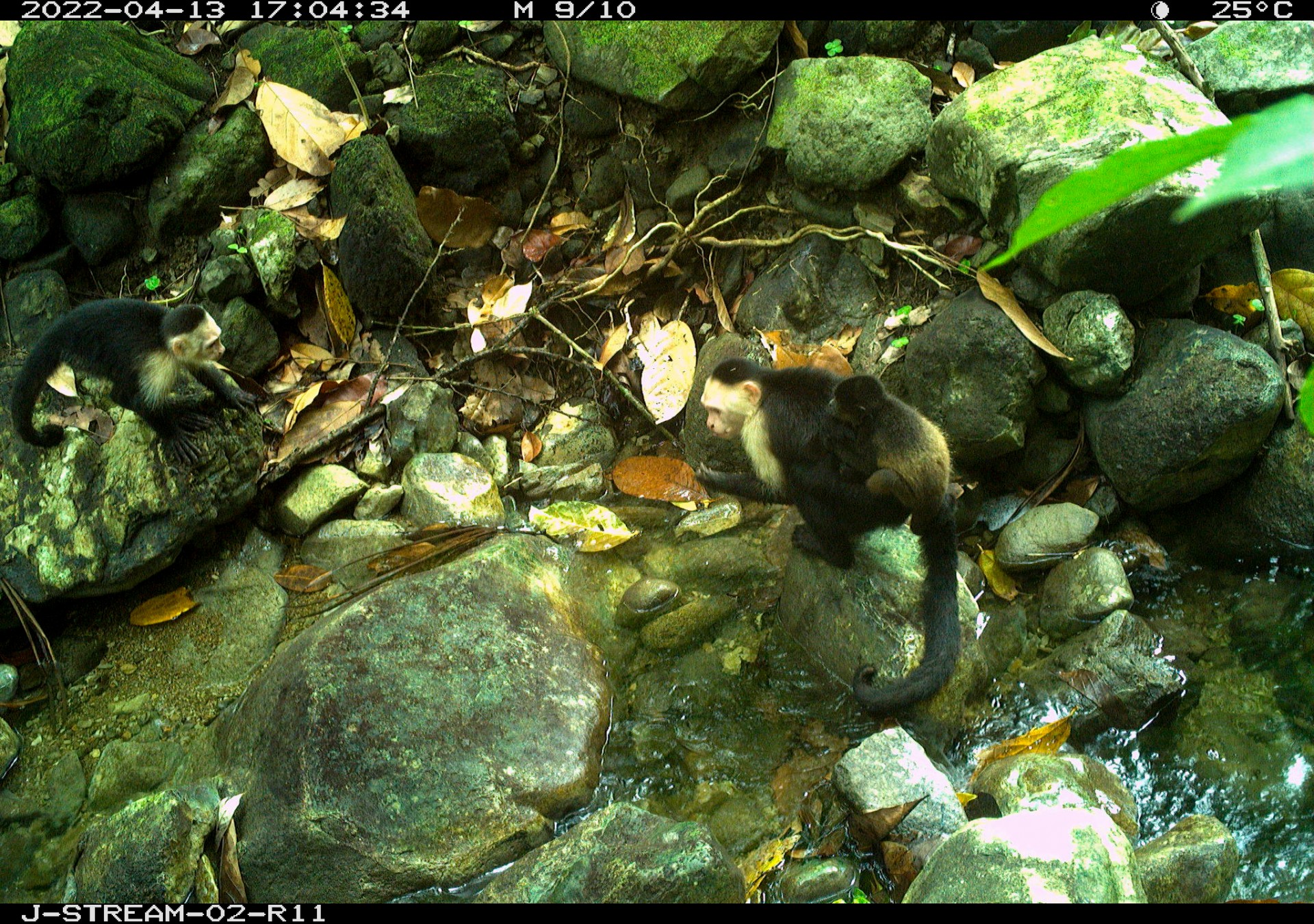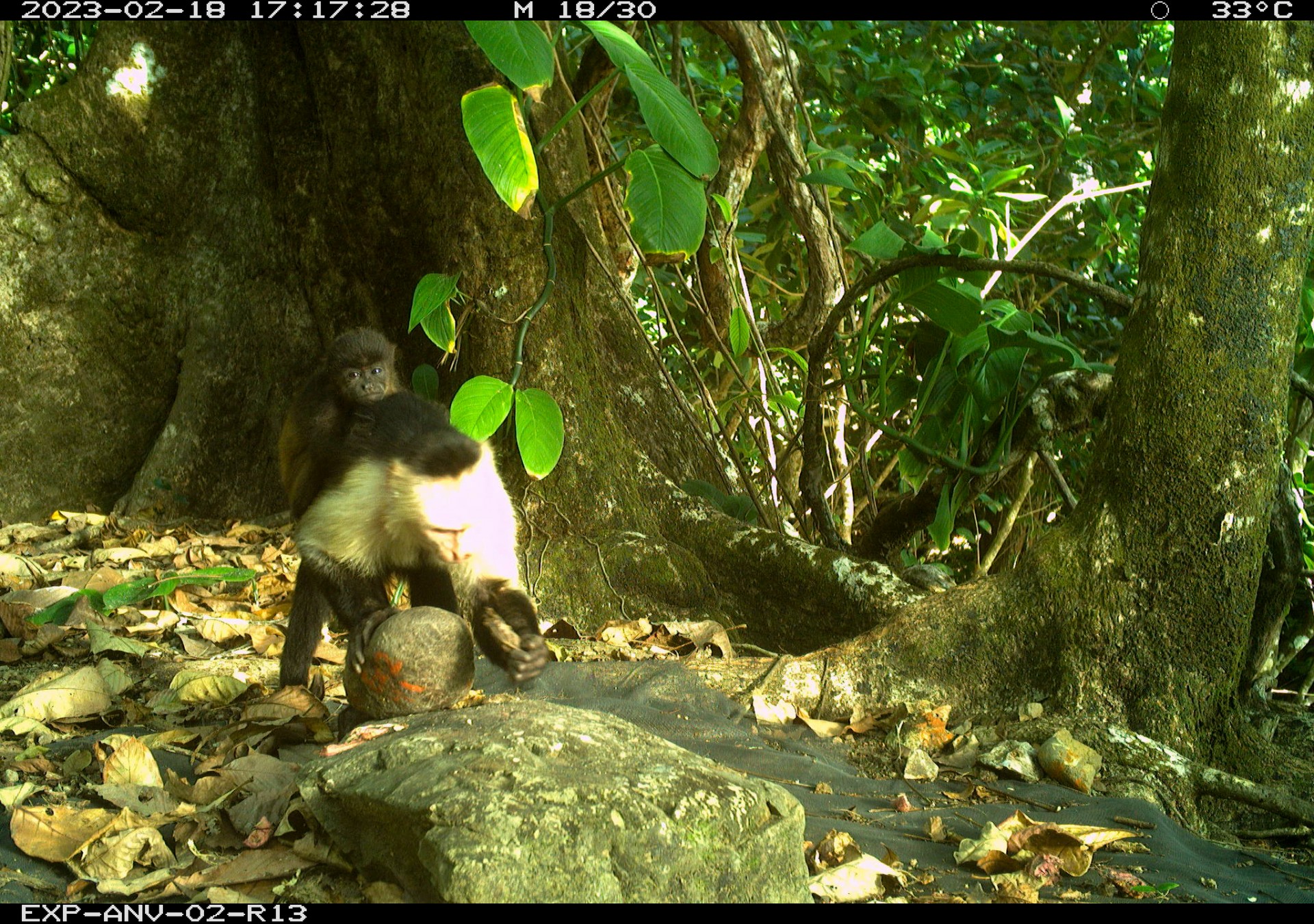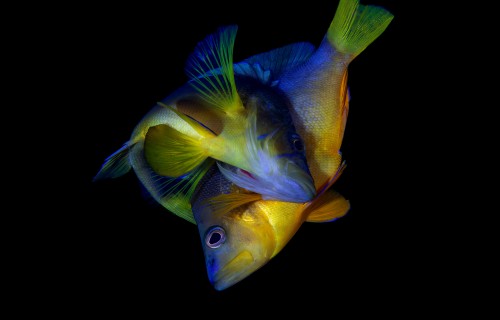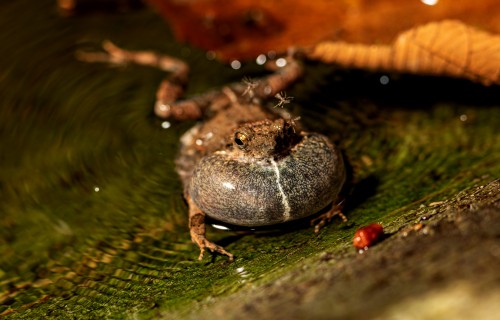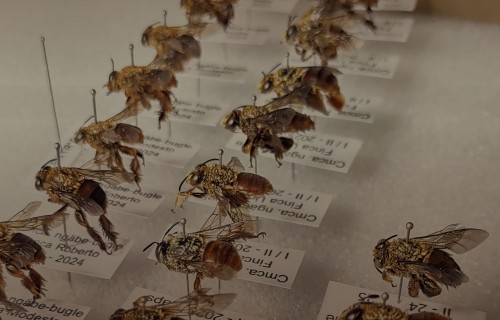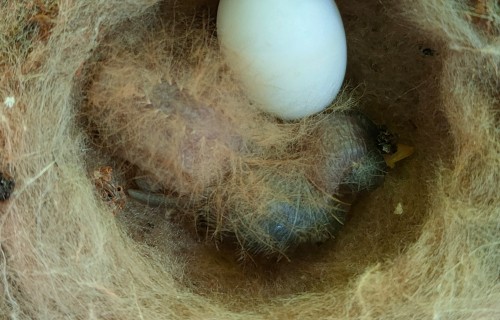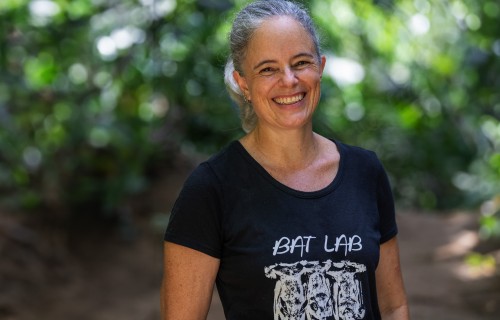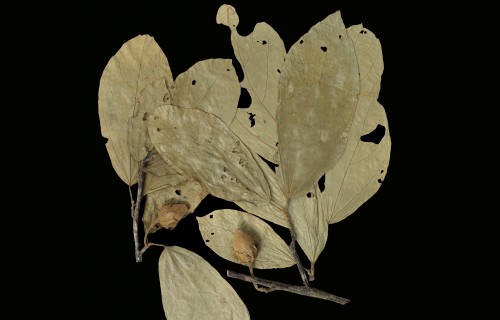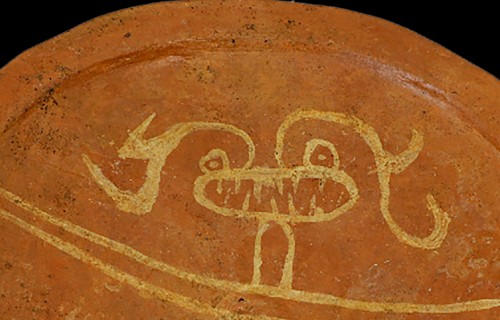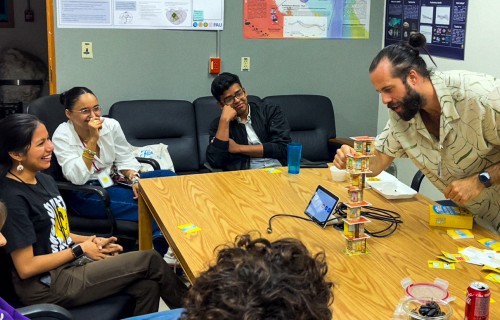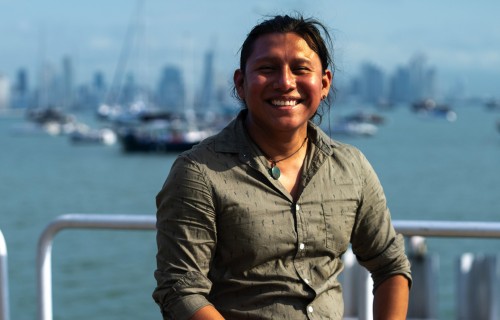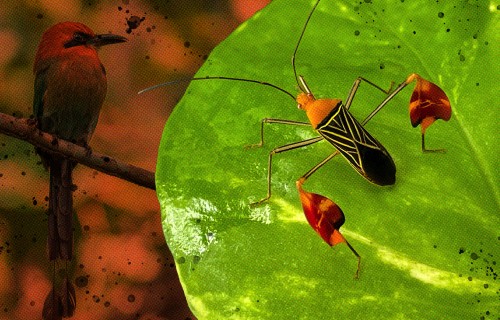A comparison of colorful hamlets
from the Caribbean challenges ideas
about how species arise
Monkey-
nappers!
A group of capuchin monkeys
caught on-camera with abducted
baby howler monkeys
By: Vanessa Crooks
Observations of Coiba’s tool-using immature capuchin monkeys show them carrying abducted infant howler monkeys. What is the reason for this behavior?
On Jicarón Island, in the Coiba National Park, off the western Pacific coast of Panama, white-faced capuchin monkeys (Cebus capucinus imitator) have been the subject of a long-term observational study since 2017, when researchers of the Max Planck Institute of Animal Behavior (MPI-AB) and the Smithsonian Tropical Research Institute (STRI) noticed a group of them habitually using stones as tools. To document this, they installed motion-triggered cameras, or camera traps, around the island to observe this and other behaviors.
Another primate species that inhabits the island are howler monkeys (Alouatta palliata coibensis), their name referring to their loud howls that can be heard up to three miles away (around 4.82 km). Capuchins and howlers cohabitate mostly without issue, because their diets are different and therefore, they don’t have to compete for food.
However, since 2022, some of the immature male capuchin monkeys from the tool-using group have been caught on-camera carrying infant howler monkeys.
Doctoral researcher Zoë Goldsborough of the Max Planck Institute of Animal Behavior noticed this around June 2022, while looking through the camera traps’ footage. The first sighting of this behavior was captured as early as January of that year. She alerted her advisor and group leader, Brendan Barrett, and dug through the tens of thousands of images and videos collected by the cameras, to find if there was to be more evidence of this occurring on the island. “We had all the footage from cameras on Jicarón recording the tool-using monkeys for the whole year,” said Barrett, “so we could reconstruct the scene to see if this weird behavior was just a one-off, or something bigger.”
Goldsborough found evidence of four different howler infants being carried, nearly always by the same individual, a subadult male from the tool-using group that the researchers named Joker. But how did Joker get these infants, and why did he carry them for days at a time?
“At first, we thought it could be adoption,” said Goldsborough, referring to the anecdotes of some animals adopting babies of other species. But in most of those cases, adoption and caring of abandoned infants is carried out by females. In this case, the carrier was male. “The fact that a male was the exclusive carrier of these babies was an important piece of the puzzle,” Goldsborough added.
For months afterward, there was no evidence of capuchins carrying howlers. “We’d decided that it was one individual trying something new,” said Barrett, “which is not uncommon to see among capuchins. These are deeply curious animals who are constantly exploring the forest and figuring out how they can interact with their world.”
Five months later, however, the researchers discovered images and videos of more howler infants being carried. This time it wasn’t just Joker; other young male capuchins were carrying baby howlers as well.
They continued to analyze the footage, and found that, in the span of 15 months, eleven infant howler monkeys were carried by juvenile or subadult male capuchin monkeys, for periods of up to nine days. Howler babies clung to the backs or bellies of their carriers, who appeared to be going about their normal business of travelling or using tools to crack open nuts and other food sources. The researchers gathered the footage on an interactive website documenting how this random behavior spread from one individual to a group of other young males at an increasing speed.
“This has never been observed anywhere else, not on this island, or in any other populations of capuchin monkeys,” said Goldsborough. “We also did not find any evidence of something like this occurring between other species.”
As is often the case in the natural world, one animal’s loss is another animal’s gain. But in this case, abducting and carrying infants from a different species seems to provide no gain or benefit for the capuchin monkeys.
So why do they do this? And why do they not abduct infants from their own species?
“This is something we don’t have a clear answer for,” Goldsborough stated. “A possible explanation can lie in the more docile nature of howler monkeys compared to capuchins, which has been reported in other sites where capuchins often harass howlers. I imagine that stealing an infant from a capuchin would be riskier than from a howler. But this would also be an entirely different behavior since the group dynamics then also play a role, and capuchin groups are also much bigger than howler groups.”
The authors describe this behavior as a social tradition or cultural fad, spreading in a population through social learning, in parallel to trends observed in other animals, such as chimpanzees wearing a blade of grass in their ears like an accessory.
The implications, however, are deeper. The howler babies, all less than four weeks old, appear to have been abducted from their parents. Howler parents were seen or heard on camera calling for their missing infants from nearby trees.
At that age, the infant howlers don’t have much of a chance of survival; four of the babies were observed to have died, presumably of malnourishment, and the researchers suspect that none of them survived. “The capuchins didn’t hurt the babies, but they couldn’t provide the milk that infants need to survive,” explained Goldsborough. "What we see from the howler infants who did die, is that they were all carried until they became too weak to cling, then were often carried in the capuchin’s hand for a bit more, and some even after they died for a day or so. We can only assume that the same happened to the other infants, and that they were eventually left somewhere once they were dead or close to dying.”
Interestingly, this group of howler-kidnapping capuchins, which is also the group using tools on Jicarón, are only males, hinting that these two socially learned traditions might spring from the same source: boredom.
“Survival appears easy on Jicarón. There are no predators and few competitors, which gives capuchins lots of time and little to do. It seems this ‘luxurious’ life set the scene for these social animals to be innovators,” said Meg Crofoot, Managing Director at the MPI-AB and one of the founders of this project, as well as former fellow at STRI in Panama. “This new tradition shows us that necessity need not be the mother of invention. For a highly intelligent monkey living in a safe, perhaps even under-stimulating environment, boredom and free time might be sufficient.”
Jicarón Island, in the Coiba National Park, has been the location of a long-term observational study of the population of capuchin monkeys that use stones as tools.
Credit: Brendan J. Barrett / Max Planck Institute of Animal Behavior
This study was led by a team from the MPI-AB in Germany, STRI in Panama, Universidad del Rosario in Colombia and Ithaca College in the United States. The study’s camera trapping period ran from January 2022 to July 2023, and the team does not know to what extent the tradition persisted afterwards, since all the data has not yet been analyzed. But, if this behavior spreads to other capuchin groups or continues to impact howlers, which are an endangered species on Jicarón, it could become a conservation issue in Coiba National Park.
“Witnessing the spread of this behavior had a profound effect on all of us,” said Crofoot. “We feel even more responsible to keep learning from this natural population of primates who, to our knowledge, are the only ones on Earth to be practicing this strange tradition.”
The Smithsonian Tropical Research Institute, headquartered in Panama City, Panama, is a unit of the Smithsonian Institution. The institute furthers the understanding of tropical biodiversity and its importance to human welfare, trains students to conduct research in the tropics and promotes conservation by increasing public awareness of the beauty and importance of tropical ecosystems. Promo video.
Reference: Goldsborough, Zoë, Crofoot, Margaret C., Jacobson, Odd T., Corewyn, Lisa, del Rosario-Vargas, Evelyn, León, Julián, Barrett, Brendan J. 2025. Rise and
Spread of a Social Tradition of Interspecies Abduction. Current Biology, 35, R1-R3, https://doi.org/10.1016/j.cub.2025.03.056

